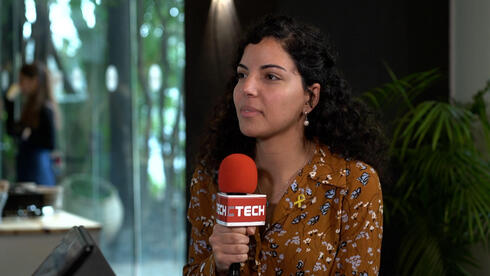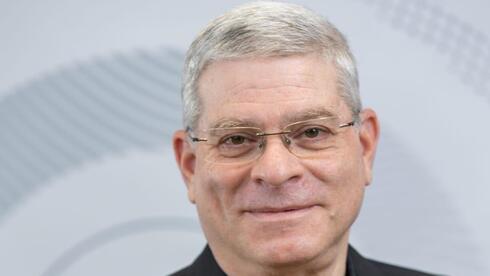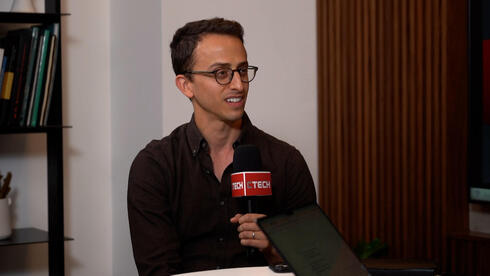
It is possible to make Tokyo a more attractive city and improve its ranking
Hiroo Mori, Director and Executive VP of Mori Building, spoke at Calcalist's Israel-Japan Conference in Tokyo
Hiroo Mori
(Shmulik Dudfur)
Mr. Hiroo Mori believes that Tokyo has the potential to surpass global frontrunners like New York, Paris, and London, becoming the world's most attractive city. ”To improve the city and its ranking, we need to construct taller buildings sustainably and efficiently," says Mr. Mori.
"The hierarchy of the top cities in global rankings has remained largely unchanged for years," observes Mr. Mori, "but there have been subtle shifts”. For instance, London's infrastructure underwent significant enhancements when it hosted the Olympics in 2012, propelling it to the top of the rankings. Paris, on the other hand, had held onto the third spot for many years until it fell in the rankings in 2016 due to a series of terrorist attacks. As of 2022, there were no major changes, but Paris has been steadily gaining on Tokyo, which currently holds the third position. Given that Paris is set to host the Rugby World Cup in 2023 and the Olympics in 2024, it's plausible that its ranking may rise in the near future.
"We aim to analyze the pros and cons of cities through their rankings," states Mr. Mori. "Our goal is to pinpoint their strengths, identify what can be beneficial and what can pose challenges. We then intend to devise strategies to enhance the city's appeal, working in collaboration with a range of stakeholders, including the government," says Mr. Mori. "Our vision involves transforming the cityscape from low-rise structures to high-rise towers. This shift allows us to introduce green spaces and infrastructure in the spaces thus created. We refer to this concept as the 'Vertical Garden City.' By developing a compact, multifunctional, and attractive city, and situating housing in the city center, we can improve the living conditions for office workers. Simultaneously, this approach helps reduce the pressure on transportation infrastructure and energy consumption. This is the guiding principle of Mori Building."
Roppongi Hills, a flagship project of Mori Building, was previously characterized by densely packed housing and narrow streets. This layout posed significant risks during emergencies such as fires and earthquakes. Mori launched the project back in 1986. Mori Building’s initiatives to address local issues related to disaster prevention and transportation led to legal relaxations that increased the floor area ratio from 200% to 720%. This paved the way for the construction of multifunctional high-rise buildings, which played a crucial role in enhancing the urban functions of the area.
However, our efforts extend beyond just erecting tall buildings. We have also focused on enriching the cultural and educational landscape of the area. As part of this commitment, we have built art museums and schools within the same vicinity.
Progressing the project required the consent of 400 local landowners and building owners to work together on the project.
Securing these approvals proved to be a formidable task, and as a result, the project spanned 17 years from its inception in 1986 to its completion. Fast forward to 2023, Roppongi Hills, even two decades post its inauguration, continues to enjoy immense popularity. The creation of a multifunctional and appealing city has drawn people and resources, thereby nurturing innovation. “Mori Building will continue creating such neighborhoods to make Tokyo more attractive and sustainable.”
You can watch the full presentation in the video above.















